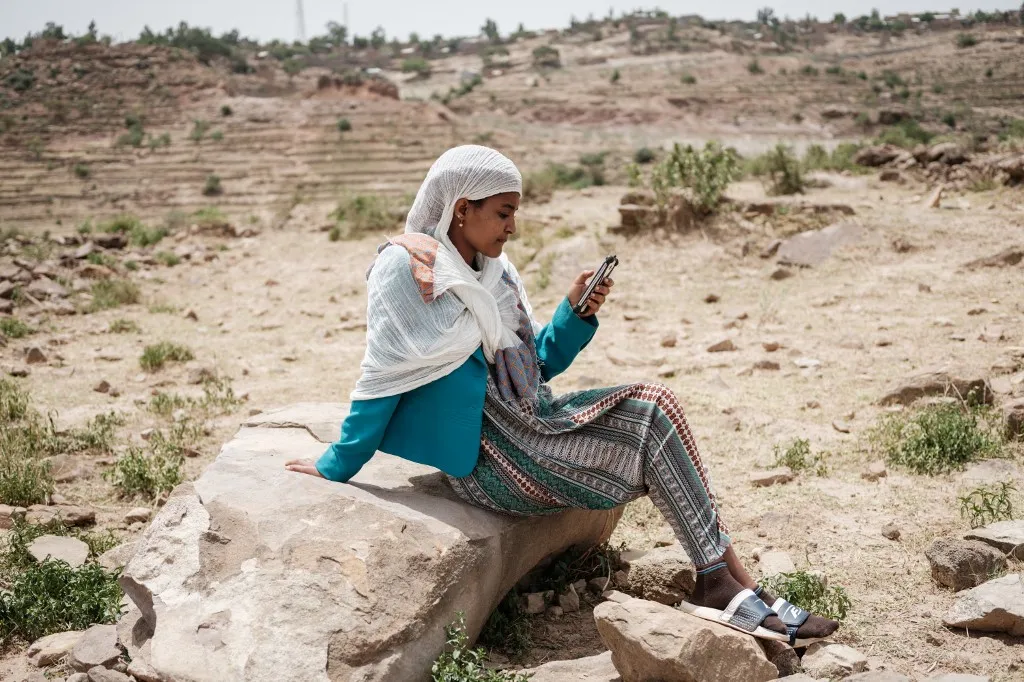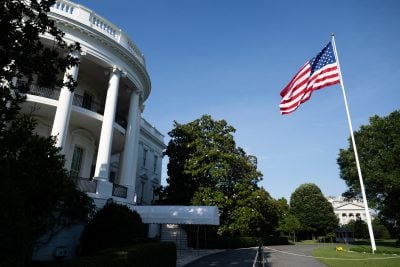If 60% of Ethiopian adults adopt mobile money by 2030, the country could add up to $5.3bn to its GDP and lift 700,000 people out of poverty, says a new study by GSMA, a non-profit that represents the interests of mobile network operators worldwide.
The organisation believes that the current liberalisation of Ethiopia’s telecom market, which saw Kenyan telecom company Safaricom launching its services in September 2022, will drive the uptake of mobile money services in the next seven years.
“Enabling regulation is in place, and a competitive market is shaping up with Safaricom also entering, so the conditions are in place to see significant growth in the coming years,” says GSMA head of research Daniele Tricarico.
Currently, mobile money adoption in Ethiopia is relatively low. According to the World Bank, only 5% of the population aged 15 and older had a mobile money account in 2022. In comparison, this number stood at 45% and 70% in neighbouring countries Tanzania and Kenya, respectively.
Last May, the Ethiopian Communications Authority announced that it would issue an international tender for an additional mobile network operator (MNO) to enter the market, shifting away from state-owned Ethio Telecom’s monopoly in the sector. Additionally, the Ethiopian government aims to sell a 45% share in the latter.
Based on these promises, GSMA estimates that, depending on the level of adoption, mobile money in Ethiopia could increase real GDP by $1.5bn to $5.3bn and lift between 200,000 and 700,000 people out of poverty.
But the trajectory of adoption and the likelihood that the latter becomes high, medium, or low is “hard to predict” confesses Tricarico.
“It will depend on the ability of mobile money providers to provide relevant services and on the ability of regulation to evolve and adapt as needed,” he says.
“I would add that to achieve high adoption, mobile money will have to penetrate rural regions. Mobile money providers will have to develop functioning rural ecosystems and relevant use cases, such as agri-payments, for example.”
Will Ethiopia follow its East African counterparts?
Estimations on reduced poverty come from previous studies made in other African countries, notably Kenya and Tanzania, in which mobile money significantly increased household consumption.
“For the study, we have assumed that mobile money increases the total consumption of users by 5%. This means that mobile money has the potential to lift anyone living on $2.05 per day to $2.15 per day out of poverty,” says Tricarico.
But whether Ethiopia will have similar success stories is difficult to assess. The country’s population is more than twice that of Kenya, with a much lower electricity access rate and mobile cellular subscriptions per 100 people.
As the telecom market is just opening, the mobile money sector is also quite nascent and it might require time to catch up with innovative neighbouring countries.
“The market is obviously very different from Kenya, which leads the world, and from Tanzania, which is one of the high adoption markets and the first one to introduce interoperability between rival mobile money services back in 2014,” says Tricarico.
“Enabling policy and regulations, better payments interoperability, sufficient and widespread access points, and high-quality agent networks are key factors that will determine whether Ethiopia sees high levels of adoption of mobile money services,” says the study.
One particular area of improvement for Ethiopia, Tricarico believes, is the interoperability of payment systems – whether clients of one mobile money provider can access another company’s payment services.
“While there has been significant progress in payments interoperability and a well-functioning national payments system exists, a key area for advancement is payment aggregators and gateways, which are still lacking in Ethiopia,” he says.
Read more about Ethiopia
Want to continue reading? Subscribe today.
You've read all your free articles for this month! Subscribe now to enjoy full access to our content.
Digital Monthly
£8.00 / month
Receive full unlimited access to our articles, opinions, podcasts and more.
Digital Yearly
£70.00 / year
Our best value offer - save £26 and gain access to all of our digital content for an entire year!

 Sign in with Google
Sign in with Google 



